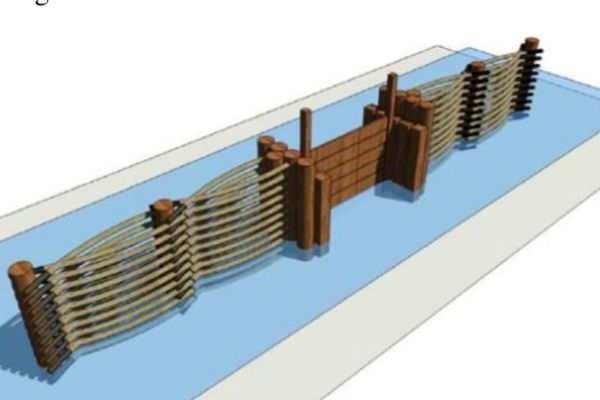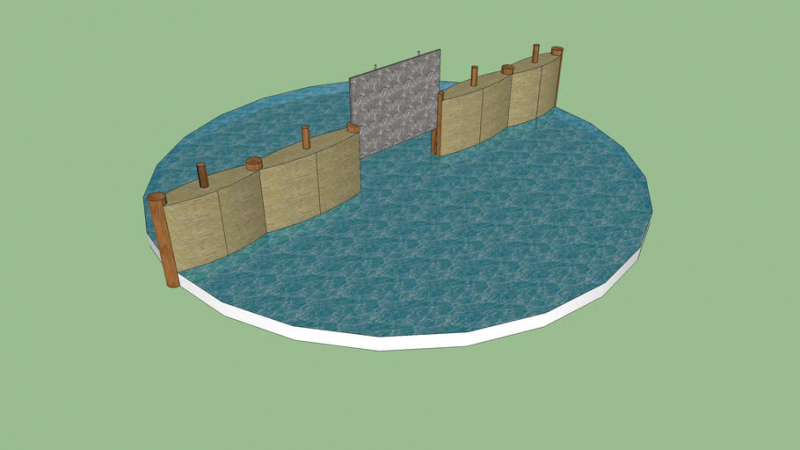They Engineered A Massive Dike To Protect Their City From The Surrounding Water
The Aztecs built causeways and canals for transit to and from the city early on in its history. A causeway is an elevated road that allows people to cross swampy and damp areas with ease. From the island metropolis to the mainland, there were three large causeways. The causeways also had bridges built into them that allowed small boats and canoes to pass beneath them. When the city was assaulted, these bridges could be taken down.
Many canals were also built by the Aztecs throughout the city. The canals functioned as waterways, allowing people to traverse around the huge metropolis in boats with ease. The city was well-planned and laid out in a grid, making it simple to navigate.
Tenochtitlan was continually threatened by the vast amount of water surrounding it since Lake Texcoco was the largest of five interconnecting lakes. In the mid-1400s, a devastating flood nearly devastated the entire city. To deal with the problem, the Aztecs built a massive dike or barrier that reached a height of roughly 12 feet and ran for about 10 miles from the lake's southern shore to its northern boundary. It was the greatest earthwork in the Americas at the time, made of wood, weeds, and stone and it is also one of the major achievements of the ancient Aztec civilization. It had doors that could be raised or lowered to manage the amount of water in the tank behind it. The dike not only protected Tenochtitlan from floods, but it also kept the brackish waters east of the dike at bay.












